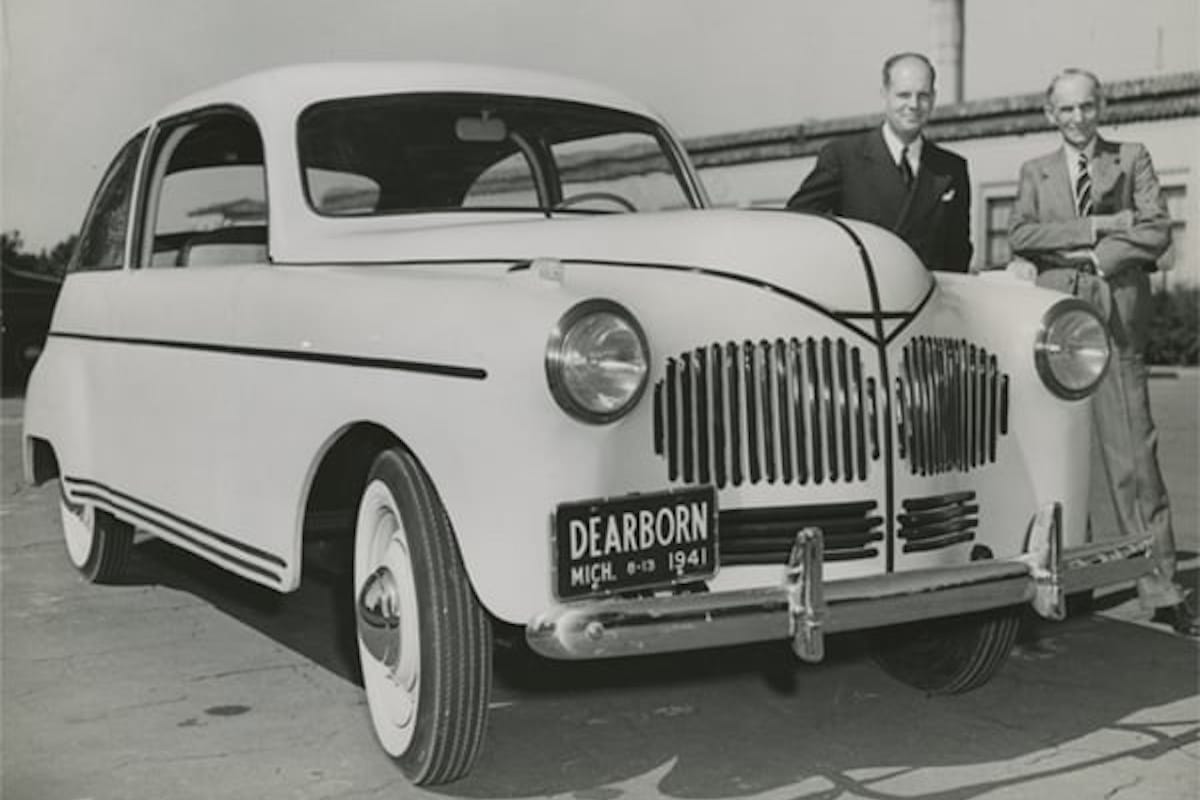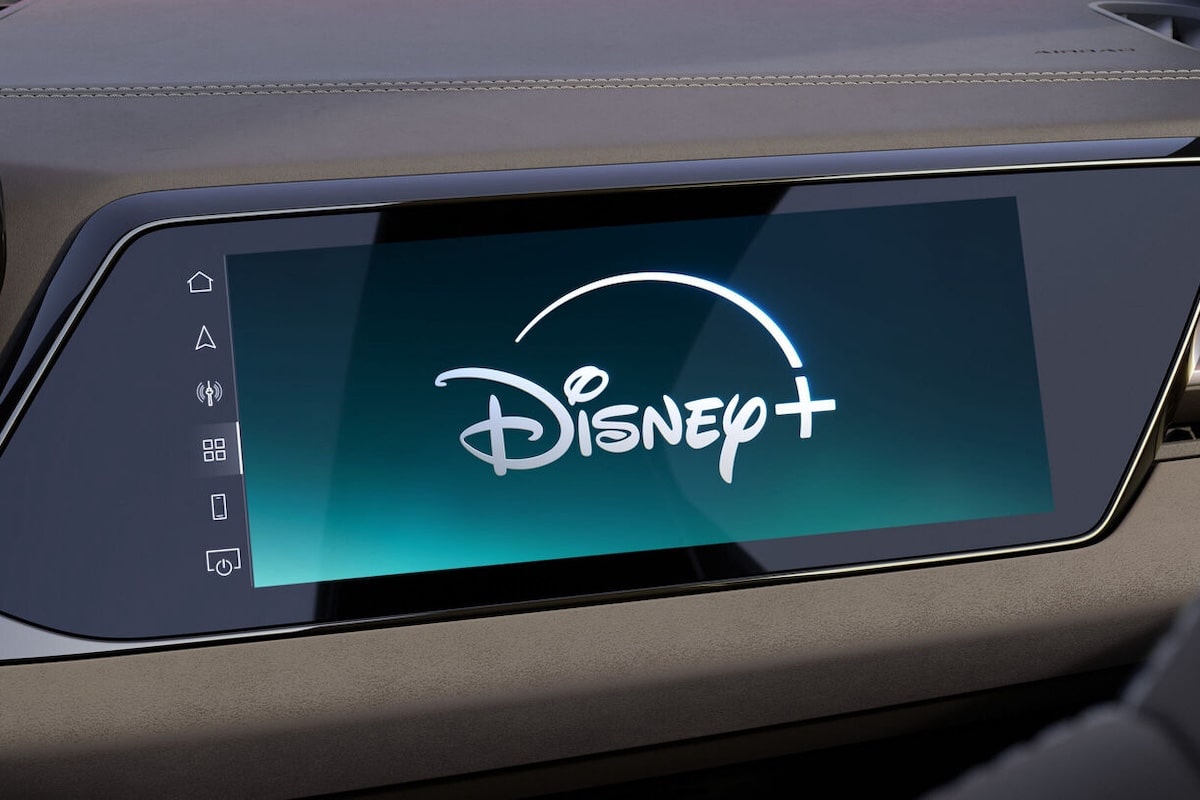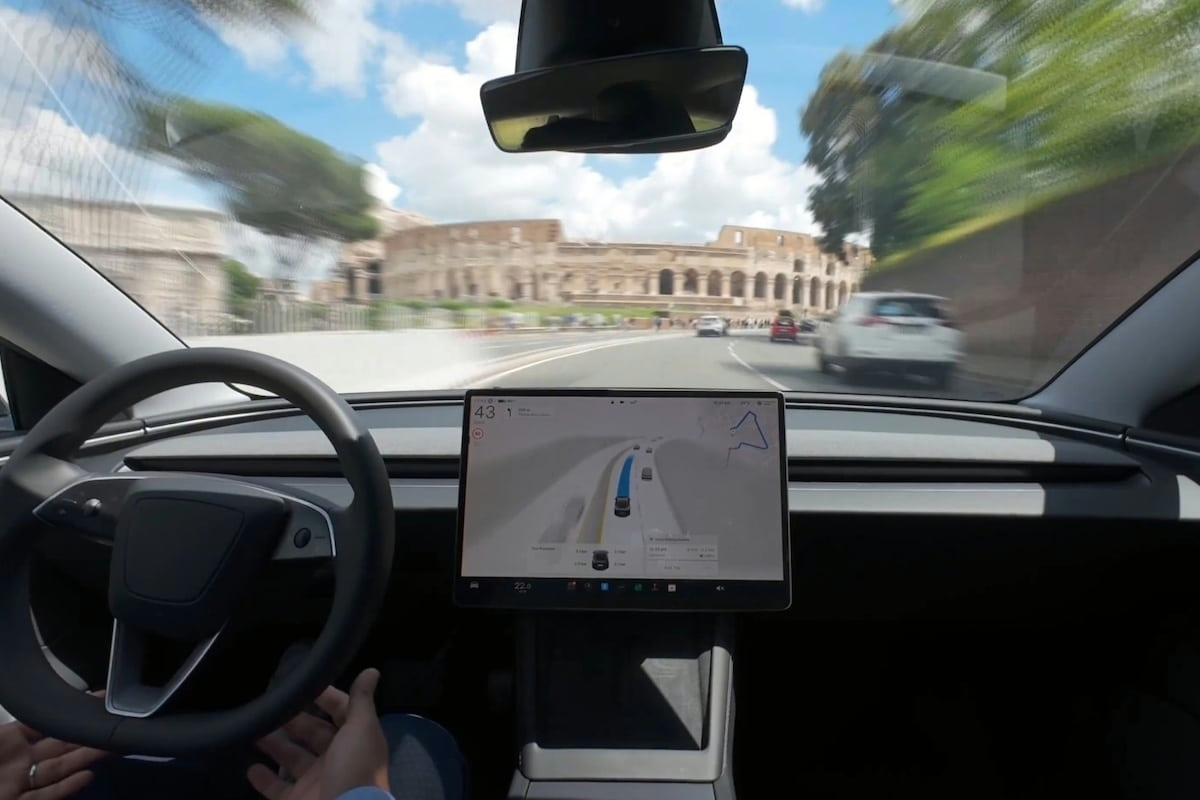84 Years Ago, Henry Ford Unveiled a Soybean Car

In 1941, carbon fiber did not exist in the automotive industry, yet a composite Ford was born.
Yesterday, on Mobiwisy, we discussed the Ford Model T, the car that, thanks to assembly line production, ushered the automotive industry into the modern era. But while Henry Ford revolutionized the way cars were made, he was also one of the greatest visionaries in materials. And proof of this: on August 13, 1941, he unveiled the Soybean Car, an automobile with a body made… of soybean-based composite.
At the time, the concept seemed almost ludicrous. Metal reigned supreme, and no one imagined that a car could be built from agricultural products. But Ford saw a double advantage: significantly lightening vehicles and using renewable materials from American agriculture. The result: the Soybean Car weighed about 450 kg less than a comparable steel model while being more resistant to shocks.
The idea was not just to replace metal for technical reasons. Ford, the son of a farmer, firmly believed in the connection between agriculture and industry. He envisioned a future where the fields would provide not only food but also raw materials for everyday objects, including cars.
Although the project did not survive World War II— as the war effort mobilized steel and diverted industrial priorities— it remains a stunning demonstration of innovation. Ford understood before anyone else the importance of exploring lightweight, durable, and renewable materials.
Henry Ford understood before anyone else
Today, more than 80 years later, the automotive industry is returning exactly to this field. More and more manufacturers are using natural fibers (hemp, flax, bamboo) to reinforce plastics or partially replace carbon fiber to reduce environmental impact. What is now presented as sustainable innovation was, for Henry Ford, obvious as early as the 1940s.
You might be interestedin this article:
The Soybean Car was never produced in series, but it remains a powerful symbol. It shows that visionary creativity can sometimes be decades ahead of technical maturity or market demand.
After democratizing the automobile with the Model T, Henry Ford had already envisioned the eco-responsible car long before that term existed. Hats off, Mr. Ford.
READ ALSO: 117 years ago, Ford changed the road forever
This page is translated from the original post "Il y a 84 ans, Henry Ford présentait une voiture en soja" in French.
We also suggestthese articles:
Also read






